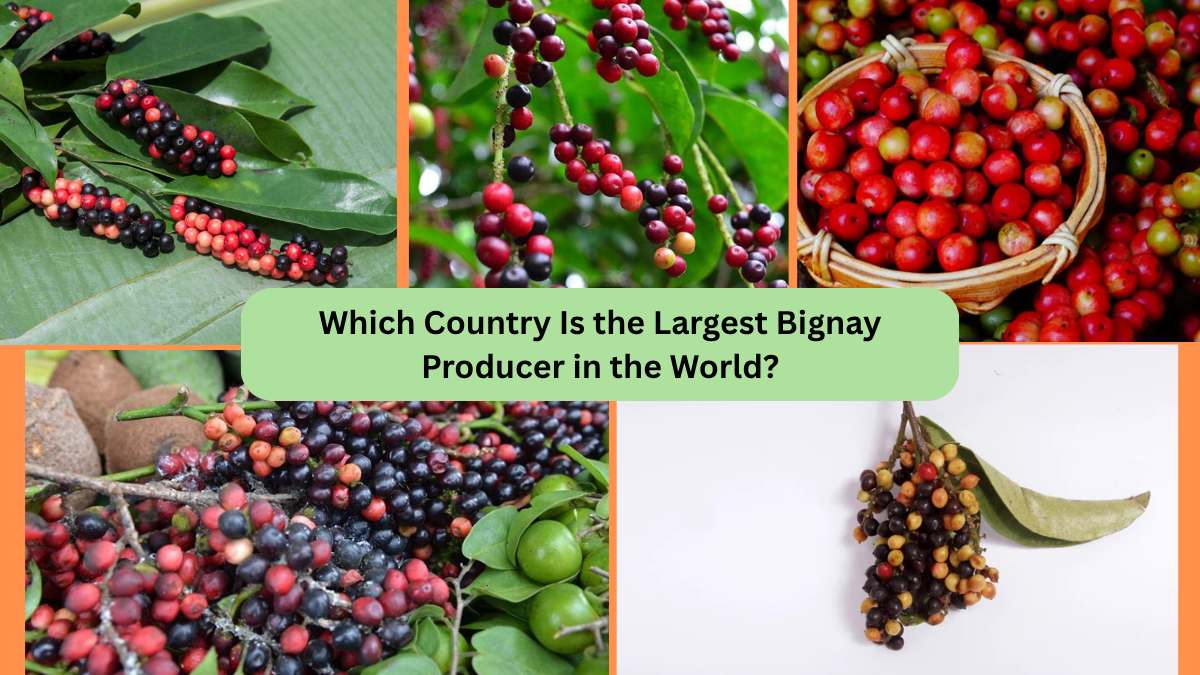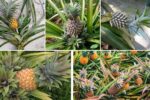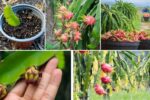Among the many fruits native to Southeast Asia, Bignay stands out for its rich, tangy flavor and striking red-to-black berries that cluster together like tiny grapes. While relatively unknown in Western markets, this tropical berry is cherished in several Asian countries for its culinary uses, health benefits, and role in traditional medicine.
In this comprehensive article, we’ll explore the origins, characteristics, uses, and cultivation of Bignay, and ultimately answer the key question: Which country is the largest Bignay producer in the world? Let’s delve into this vibrant fruit’s fascinating story.
What Is Bignay?
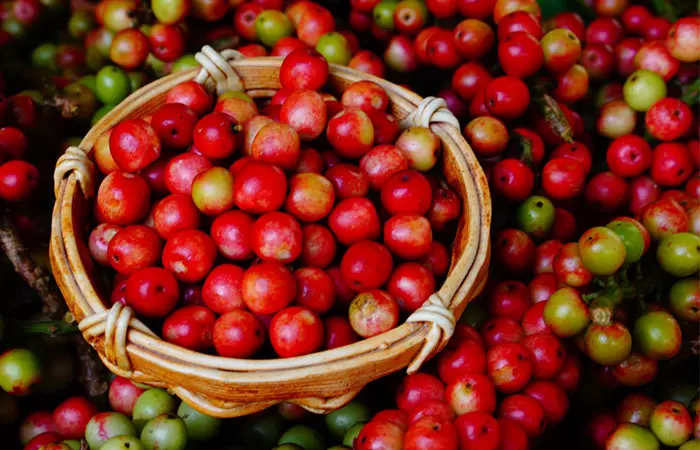
Bignay (Antidesma bunius), also known as Queensland cherry, Chinese laurel, or currant tree, is a small tropical fruit native to Southeast Asia and parts of Northern Australia. It belongs to the Phyllanthaceae family and produces small, round, berry-like fruits that grow in clusters along long, hanging stalks.
- Scientific Name: Antidesma bunius
- Common Names: Bignay, Bugnay (Philippines), Chinese Laurel, Queensland Cherry, Currant Tree
- Family: Phyllanthaceae
- Native Region: Southeast Asia and Northern Australia
- Appearance: Small berries that turn from green to red to deep purple-black when ripe
- Taste: Tart, tangy, sometimes slightly sweet when fully ripe
The fruit is prized not only for its refreshing flavor but also for its antioxidant-rich properties and traditional medicinal uses.
Which Country Is the Largest Bignay Producer in the World?
The Philippines holds the distinction of being the largest Bignay producer in the world. While Bignay naturally grows in other countries such as Indonesia, Malaysia, Thailand, and parts of Australia, the Philippines has elevated the fruit’s cultivation to commercial levels.
Why the Philippines Leads in Bignay Production
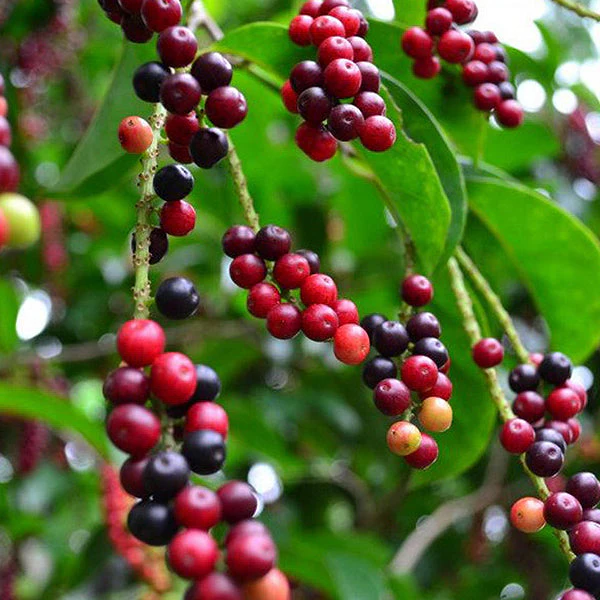
Several factors contribute to the Philippines’ leading role in Bignay cultivation:
1. Indigenous Heritage
Bignay has long been part of Filipino culture and cuisine. Known locally as “bugnay”, it is commonly used in fruit preserves, wines, jams, and juices. Its history in the country dates back centuries, with indigenous groups cultivating the fruit for food, beverages, and folk remedies.
2. Ideal Growing Conditions
The tropical and humid climate of the Philippines — with abundant rainfall, warm temperatures, and fertile soil — makes it an ideal environment for Bignay trees, which thrive in both lowland and upland areas.
3. Commercial-Scale Plantations
The Philippines is one of the few countries to have established commercial plantations for Bignay, particularly for the production of bugnay wine, a popular fruit wine known for its deep red color and distinctive tart flavor
4. Culinary and Medicinal Significance
In addition to fresh consumption, Bignay is widely used in traditional Filipino recipes and herbal medicine, further driving demand and production.
Where Is Bignay Grown in the Philippines?
Bignay is grown throughout the Philippines, but particularly thrives in:
- Ilocos Region
- Cordillera Administrative Region
- Cagayan Valley
- Central Luzon
- Calabarzon
- Northern Mindanao
In these regions, both smallholder farmers and commercial growers cultivate Bignay for local consumption and processing.
How Is Bignay Cultivated?
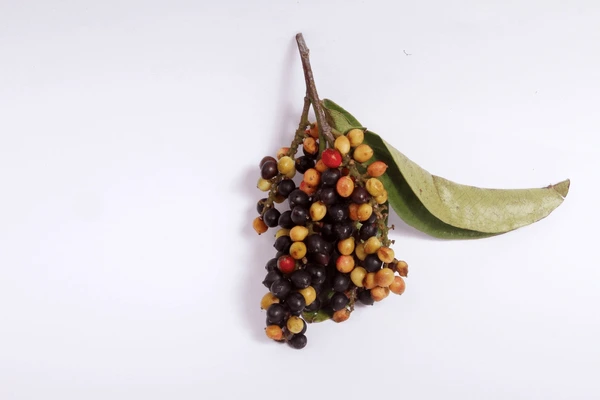
Bignay trees are hardy and relatively easy to cultivate in tropical environments. They are known for their resilience and adaptability.
- Propagation: Typically grown from seeds, though grafting is also practiced for improved yield.
- Time to Fruit: 5–7 years from planting (faster with grafting)
- Soil Type: Well-drained loamy or sandy soil with high organic content
- Water Needs: Moderate; benefits from seasonal rains
- Harvest Season: Typically from April to July in the Philippines
Clusters of fruit ripen progressively, turning from green to bright red, and then to dark purple or black when fully ripe.
Bignay in Filipino Cuisine and Culture
Bignay holds a special place in Filipino gastronomy and folk traditions. Some popular uses include:
- Bugnay Wine: One of the most famous Bignay products. The deep red wine is known for its fruity aroma, mild alcohol content, and tart finish.
- Jams and Jellies: The tartness of Bignay makes it perfect for preserves.
- Juices and Smoothies: Often blended into refreshing tropical beverages.
- Vinegar: Bignay fruit is fermented to produce a tangy, antioxidant-rich vinegar.
- Herbal Medicine: Traditionally believed to aid in lowering blood pressure, improving digestion, and acting as a diuretic.
Bignay products are commonly sold in local markets, souvenir shops, and agri-fairs across the Philippines.
Is Bignay Grown Outside the Philippines?
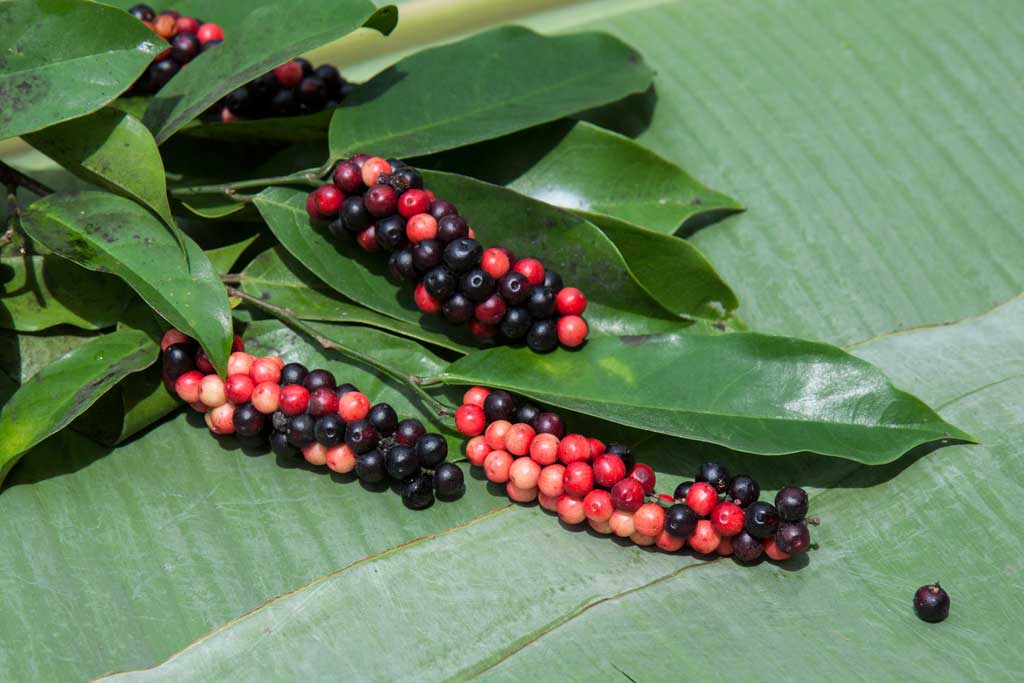
Yes — although on a smaller scale. Bignay grows naturally or in cultivated form in:
- Indonesia
- Malaysia
- Thailand
- Vietnam
- Cambodia
- Southern China
- Northern Australia
In these countries, it is typically consumed fresh, made into local beverages, or used for traditional remedies. However, none of these nations have developed the same commercial-scale production as the Philippines.
In the United States, Bignay trees are occasionally grown in Southern Florida and Hawaii by tropical fruit enthusiasts, though the fruit remains rare in mainstream markets.
Global Production and Market Potential
Global production data for Bignay is scarce due to its status as a minor fruit crop. However, agricultural records and export statistics confirm that the Philippines is the primary producer and exporter of Bignay products.
The fruit holds growing appeal in niche markets for:
- Organic fruit preserves
- Artisan wines
- Natural health products
- Exotic fruit baskets
There’s potential for increased global demand as awareness of antioxidant-rich superfruits continues to rise.
Nutritional and Health Benefits of Bignay

Bignay is valued not just for its unique flavor but also for its impressive health benefits.
Nutritional Highlights:
- Vitamin C: Strengthens immunity and aids collagen production.
- Anthocyanins: Powerful antioxidants that protect cells from damage.
- Dietary Fiber: Supports digestion and gut health.
- Potassium: Helps regulate blood pressure.
Health Benefits:
- Lowers cholesterol levels
- Improves cardiovascular health
- Acts as a natural diuretic
- Aids in digestion
- Fights free radicals due to its antioxidant content
Traditional Filipino medicine often recommends Bignay for managing hypertension and promoting detoxification.
Challenges in Bignay Cultivation
Despite its popularity, Bignay cultivation faces a few hurdles:
1. Short Shelf Life
Fresh Bignay berries perish quickly after harvest, limiting export opportunities.
2. Limited Commercial Awareness
Outside the Philippines, Bignay remains relatively unknown, which affects international market demand.
3. Competition with Other Berries
International markets are dominated by established berries like blueberry, raspberry, and blackberry.
Future Prospects for Bignay
As global interest in indigenous and exotic superfruits grows, Bignay holds promise for:
- Agri-tourism ventures in the Philippines
- Niche organic wine and vinegar markets
- Health supplement industries
- Export of processed Bignay products to specialty markets
With strategic marketing and investment in post-harvest processing, Bignay could become a recognized health food item beyond Southeast Asia.
Final Thoughts
To summarize, the Philippines is the largest Bignay producer in the world, thanks to its tropical climate, deep-rooted cultural appreciation, and thriving cottage industries centered around the fruit. While Bignay remains a niche crop internationally, its antioxidant-rich properties, culinary versatility, and cultural heritage position it as a promising contender in the growing market for tropical superfruits.
As consumers around the world seek out new, healthful, and flavorful natural products, Bignay’s bold, tangy berries and their rich tradition might just find a broader audience in the years to come.
